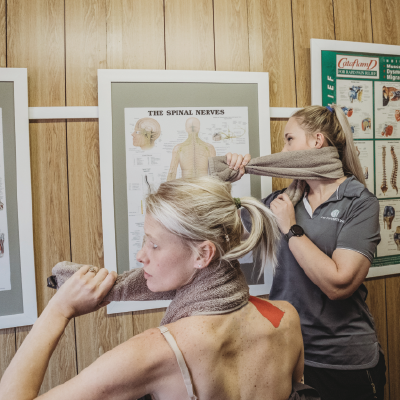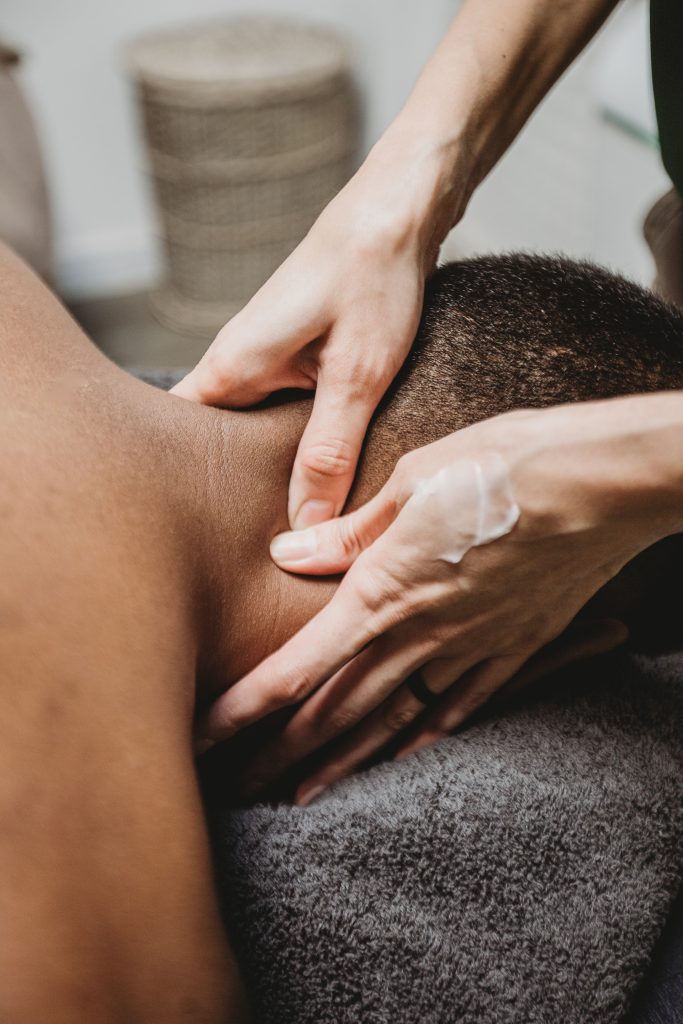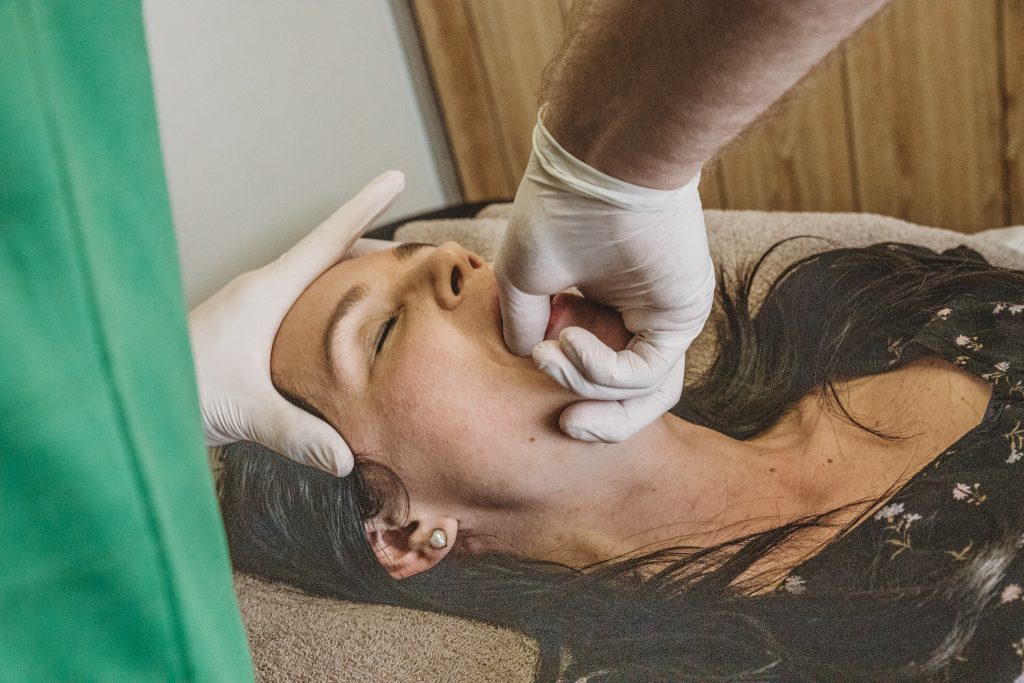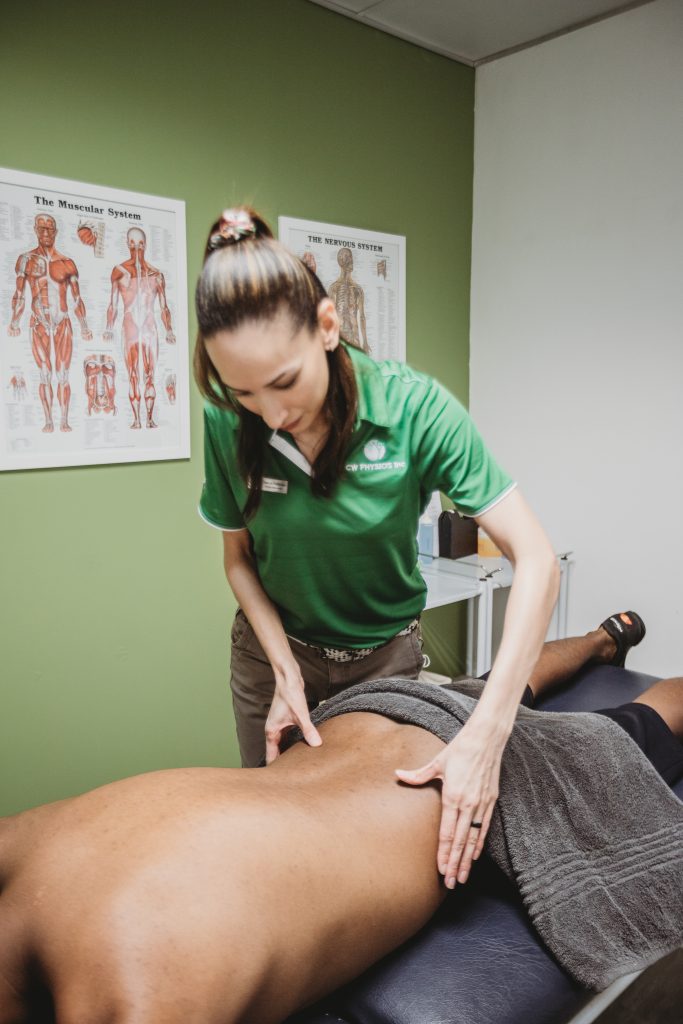
HEADACHES, TMJ AND LOWER BACK PAIN
Physiotherapists play a significant role in the management of headaches which can be caused by poor posture, trauma or even degeneration. Overactivity in the muscles surrounding the neck and the jaw along with reduced mobility in the cervical spine can all contribute towards headaches.
Physiotherapists play a significant role in the management of headaches and lower back pain which can be caused by poor posture, trauma or even degeneration. Lower back pain and headaches can be sodebilitating and often keeps people off work. Overactivity in the muscles surrounding the jaw, the spinal area and reduced mobility in the spine can all contribute towards your symptoms.
Although medication can assist in relieving the symptoms, often physiotherapy can assist in prevention through assessments and treatment of your posture, correct sitting ergonomics and correction of your muscular imbalances. Traditional treatments can include and not limited to are:
- Massage and myofascial release
- Joint mobilization and manipulation
- Dry Needling
- Electrotherapy
- Posture correction and rehabilitation
One common joint often in association with headaches is the temporomandibular joint (TMJ). The TMJ is the joint between the upper and lower jaw and is located in-front of the ear lobes. This joint plays a role in eating, breathing and talking. It is prone to dysfunction due to a variety of causes and typically results in the following symptoms:
- Biting or chewing difficulty or discomfort
- Clicking sound when chewing or opening the mouth
- Mild to moderate aching pain
- Headache
- Jaw pain
- Reduced mouth opening ability
At CW Physio’s, we are trained to manage this area and use a wide variety of techniques including myofascial release of the jaw muscles and neck muscles, postural correction exercises, spinal mobilisations and dry needling.





